The infamous Masai Mara can be found in Kenya, but there are plenty of other areas where wildlife and game viewing can be enjoyed. Matthew’s Range and Meru National Park can get you away from the crowds for a truly wild experience, whilst the Kenyan Coast and Lamu island offer the perfect beach retreat.
To get the most from your trip to Kenya, we advise you speak to our Africa specialists Matt and Felix for more information.
Amboseli National Park is located in Loitoktok District, Rift Valley Province of Kenya.The park is 39,206 hectares (392 km2; 151 sq.
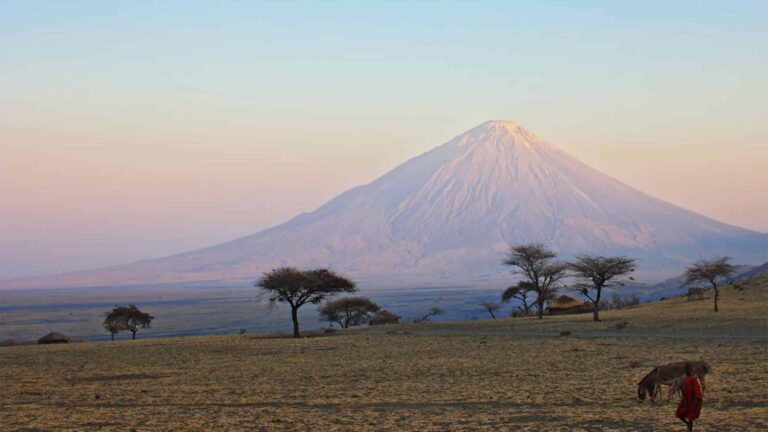
Many Kenyans struggle to cope if they can’t spend time at the beach at regular intervals. Once you have visited for yourself it is easy to see why this is.
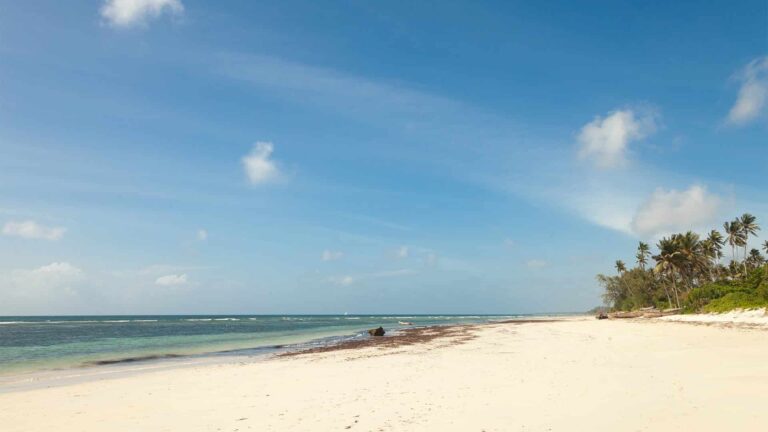
The eastern escarpment of the Rift Valley known as the Laikipia Plateau, is divided into a patchwork of enormous ranches. Over the years with cooperation from their owners, these farms were transformed into game reserves and now contain some of the most exclusive lodges in the remotest parts of Kenya.
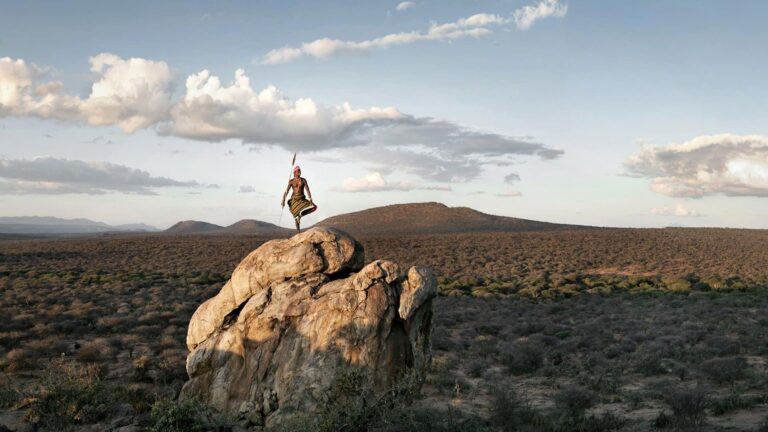
The high plains of Laikipia sit under a majestic snow-capped Mount Kenya and are made up of a patchwork of private reserves with superb family-run safari lodges. This is regarded as one of Kenya’s best safari regions with plentiful game and few visitors, an example of sustainable tourism at its best, and the location of some truly beautiful lodges.

Boasting exceptional year round wildlife, the Masai Mara is a must visit for anyone on safari in Kenya for the first time. A Masai Mara holiday rarely disappoints, this is especially the case from July to October during the Great Wildebeest Migration.

The Matthews Mountain Range is located in Kenya’s Northern Frontier and is one of the wildest areas in the country. The place is home to numerous types of wildlife as well as the famous Samburu people.
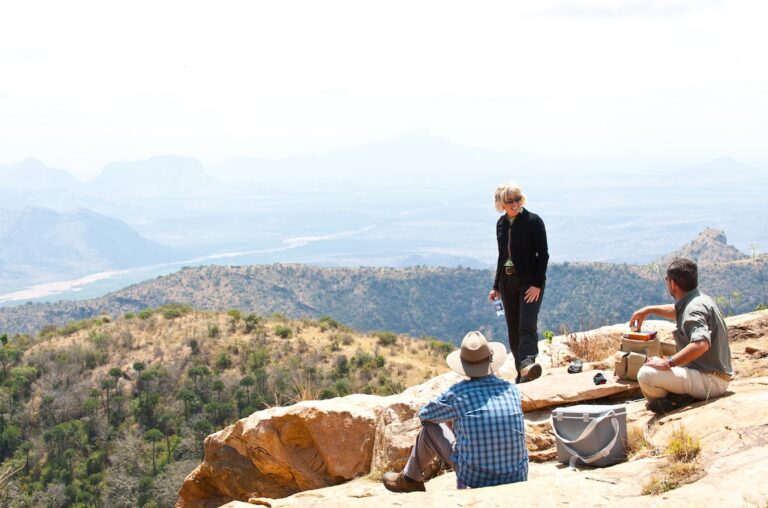
Meru National Park, situated in northern Kenya, covers an area of 870 square kilometers. It straddles the equator about 370 kilometers northeast of Nairobi.
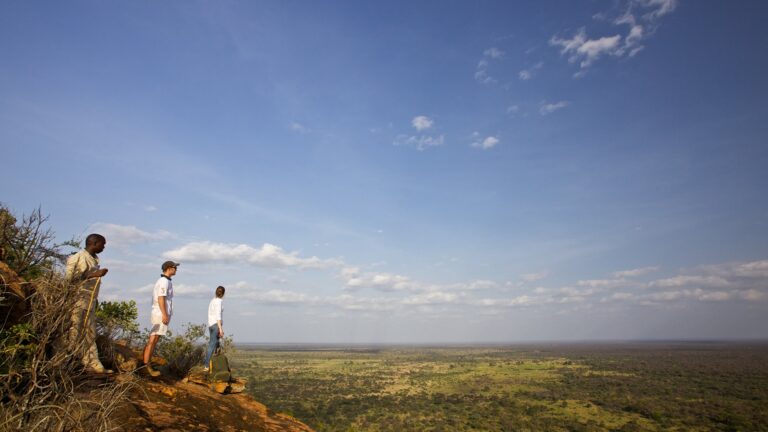

INSPIRATION
SIGN UP